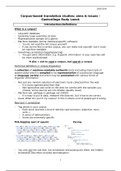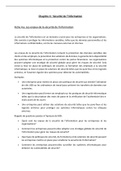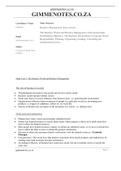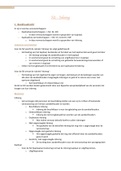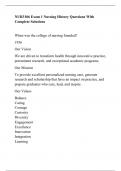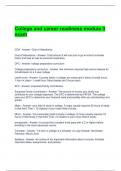Samenvatting
Summary Onderzoek: corpusonderzoek 18-19
- Vak
- Instelling
Samenvatting van het gastcollege van R. Loock over het onderzoek: 'Corpus-based translation studies: aims & issues'. Universiteit Antwerpen academiejaar , semester 2. Faculteit Letteren en Wijsbegeerte - Toegepaste Taalkunde - Vertalen - Tolken. Zes pagina's.
[Meer zien]
